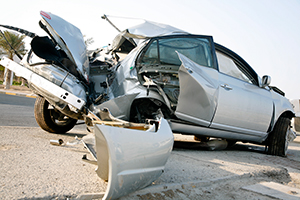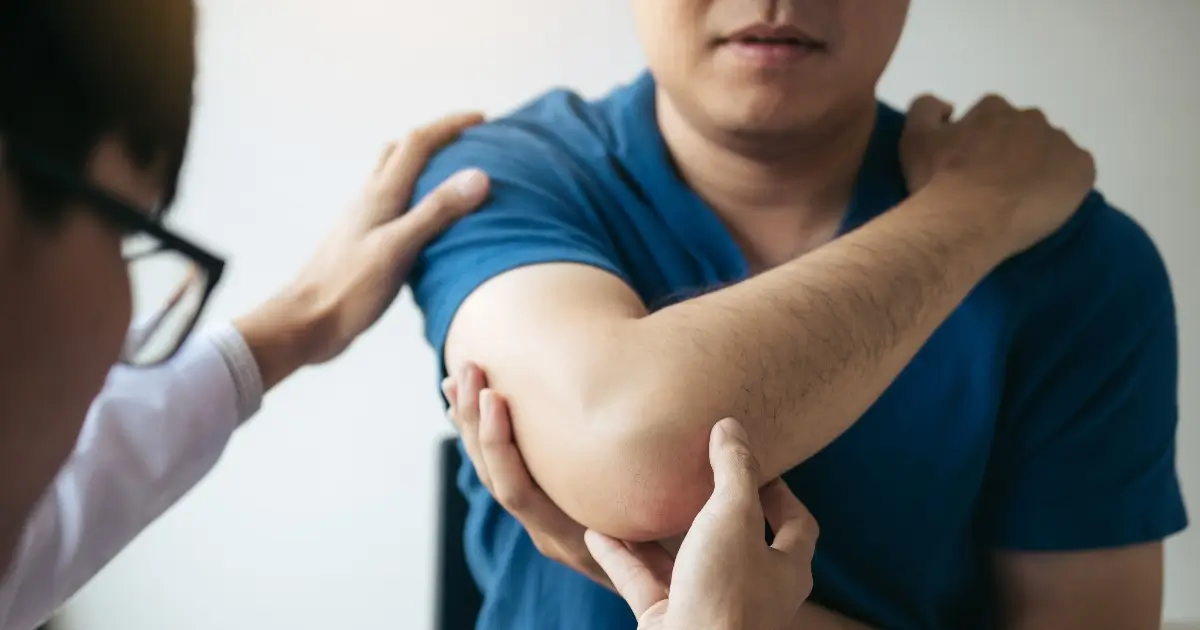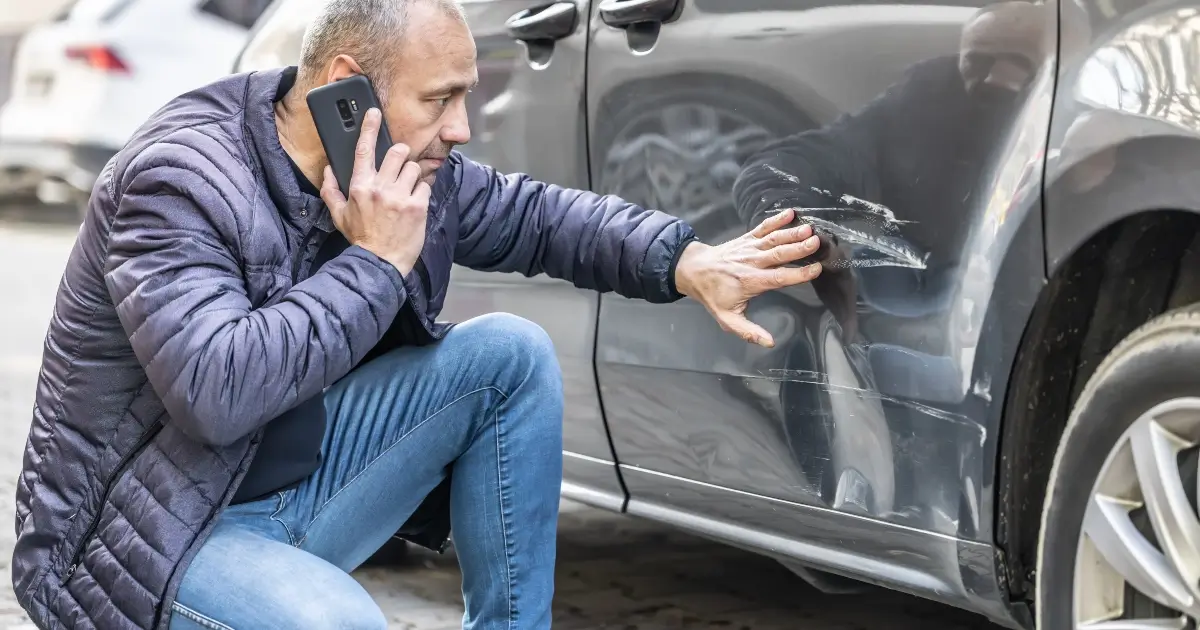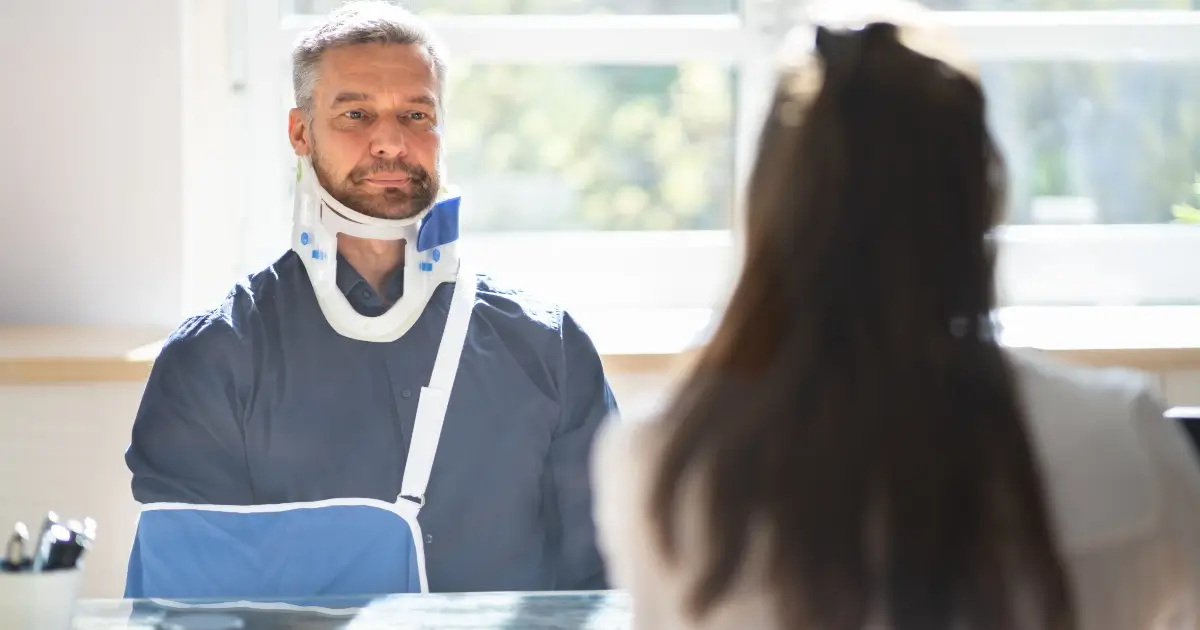 Experts say its not uncommon to see someone walking around outside their vehicle after a car crash, who later goes home and dies. This is why anyone who has experienced a serious car accident should go to the hospital, immediately.
Experts say its not uncommon to see someone walking around outside their vehicle after a car crash, who later goes home and dies. This is why anyone who has experienced a serious car accident should go to the hospital, immediately.
Studies show the intense impact a car crash has on the human body even at 15 or 20 miles an hour. It can bruise tissue and even cause blood vessels in the brain to tear.
This is why after a car accident, even one where the person seems fine, there’s a checklist of things to examine including: increased headaches, increased confusion, detecting whether one pupil is larger than the other, and difficulty awakening from sleep.
It is important to understand the dynamics of an accident and what really happens to your body during a collision with another automobile.
In every crash where passengers are not wearing a seatbelt, there are three collisions that occur.
- The first collision causes the car to buckle and bend as it hits something and comes to an abrupt stop.
- The second collision occurs between the passenger and an object in the interior of the car, for example, the driver hits their chest on the steering wheel or their head on the window.
- The third collision occurs when the internal organs of the body hit the chest wall or the skeleton.
Free Case Evaluation
If you have been involved in a car accident in Wisconsin, it is important to hire an experienced and skilled personal injury law firm to protect you and help you obtain the financial compensation you deserve.
At PKSD, our experienced auto accident attorneys conduct a full investigation into the accident and work with insurance representatives to obtain high settlements for our clients. In addition, our personal injury attorneys provide each client with personalized attention and passionate representation.
For free legal advice call 414-333-3333 or fill out our free case evaluation form.






